Kasagi-dera Temple: The Buddha in the Boulder
On the border between Kyoto and Nara is the quaint Kasagi-dera Temple. This temple might not be popular among tourists, but this doesn’t mean it is not interesting. Rather, this Kasagi-dera Temple is not only famous for both sakura and pretty fall foliage but was also the location of Emperor Go-daigo’s temporary palace during his war against the Kamakura government.
Kasagi-dera Temple
The closest station to Kasagi-dera temple is Kasagi station of JR Kansai Line. It is only 20-30 minutes away from Nara (not Kyoto, even though this temple is ins Kyoto prefecture). From the station you have a short hike to walk up Mt. Kasagi, to reach the temple. While it is only 289m high, it takes 45 minutes to climb up the mountain via the mountain trail or the city road. Though, to be honest, most of the people just drive up to the temple.
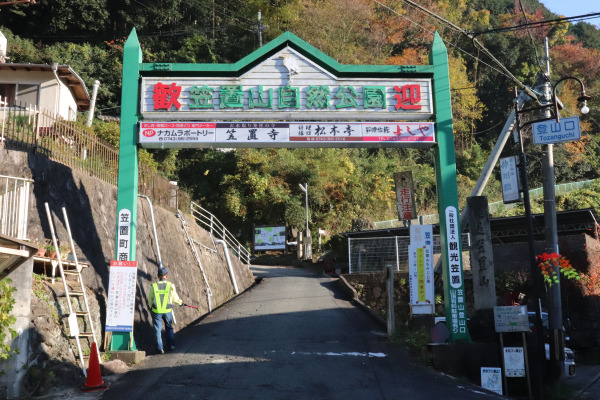
Kasagi-dera Temple definitely has several unique characteristics. The very first thing you will be amazed by is the 15m main statue carved into a large boulder; the Miroku Buddha.

The temple legend says that while Emperor Tenji’s son was here hunting, he almost fell off the large boulder here. Since he did indeed not fall to his death, he decided to carve a huge Buddha in the rock. However, he did not know how to make the carving as the boulder was so big, so a man came down from the sky and carved for him.
In front of the main statue is the Shogatsu-do, which is more like the temple’s Hondo. This building is another example of the ties Kasagi-dera Temple has with Todai-ji Temple in Nara. At Todai-ji, there is Nigatsu-do (Nigatsu means February) and a Sangatsu-do (Sangatsu means March) but no Shogatsu-do (Shogatsu means January, though it usually refers to New Years Day). Indeed, the temple’s Shogatsu-do is here in Kasagi Temple.
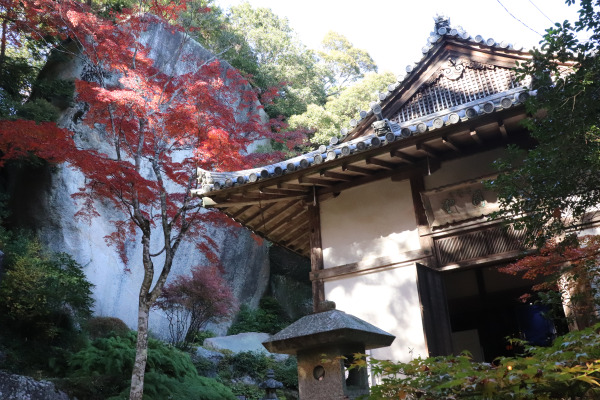
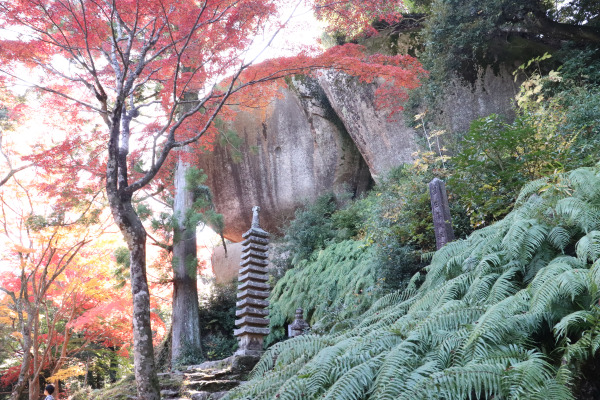
The Trail
Another very unique characteristic of this temple is the trail; a long 800m long trail, traditionally used for practicing shugen-do (mountain Buddhism). The trail is well marked and not dangerous at all, but make sure to wear decent shoes as it is quite rocky!
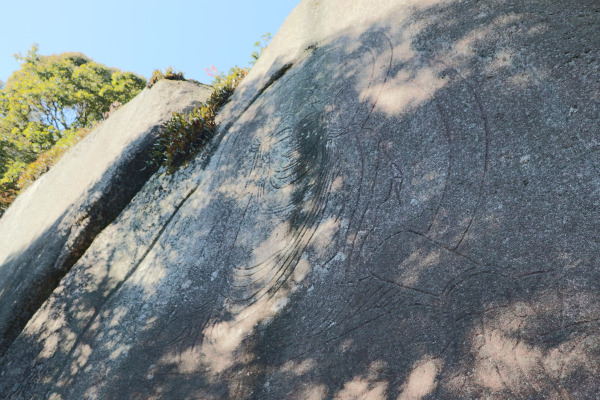
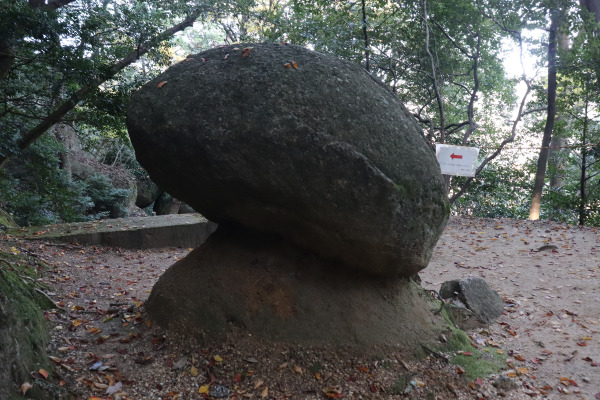
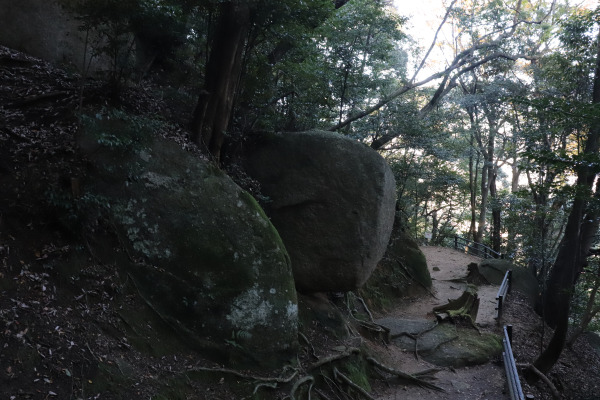
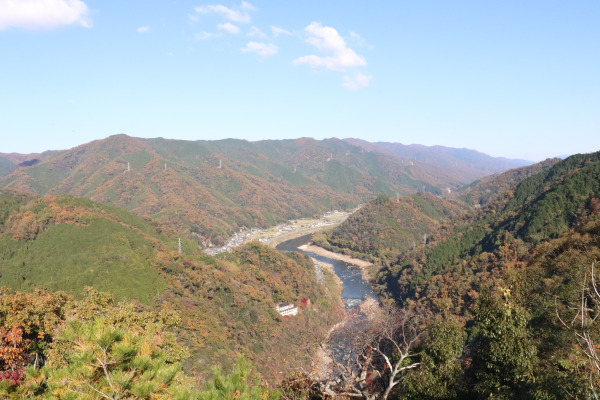
On the top of the mountain stands the remains of Emperor Go-daigo’s temporary palace.
In 1331, when Emperor Go-daigo plot to destroy the Kamakura government leaked, he fled to this temple, but soon was captured here. As punishment for housing the renegade emperor, the temple completely burned down and abandoned. It took all the way until the 19th century for the temple to be revived.
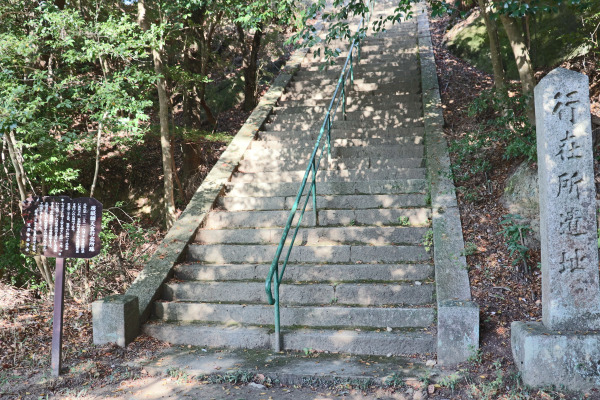
When Emperor Godaigo’s secret plot to destroy the Kamakura government leaked a second time, he fled to Kasagi-dera Temple. However, he was soon captured and banished to Oki Island. Yet even there, Go-daigo continued searching for ways to overtake the Kamakura government. And amazingly, he ultimately did indeed defeat the Kamakura government!
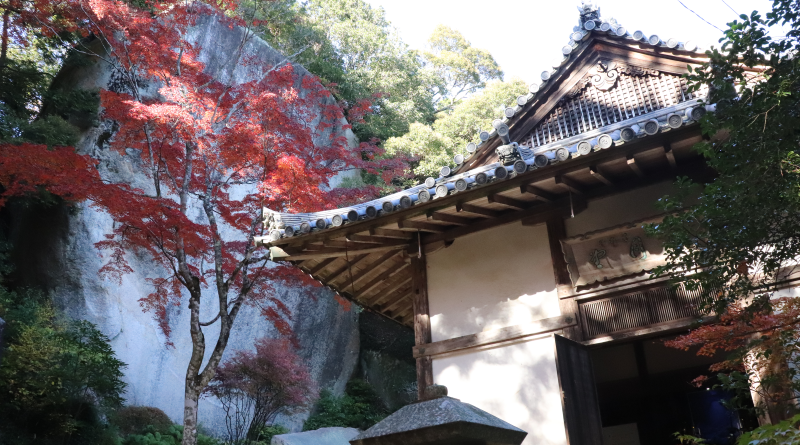
Leave a Reply